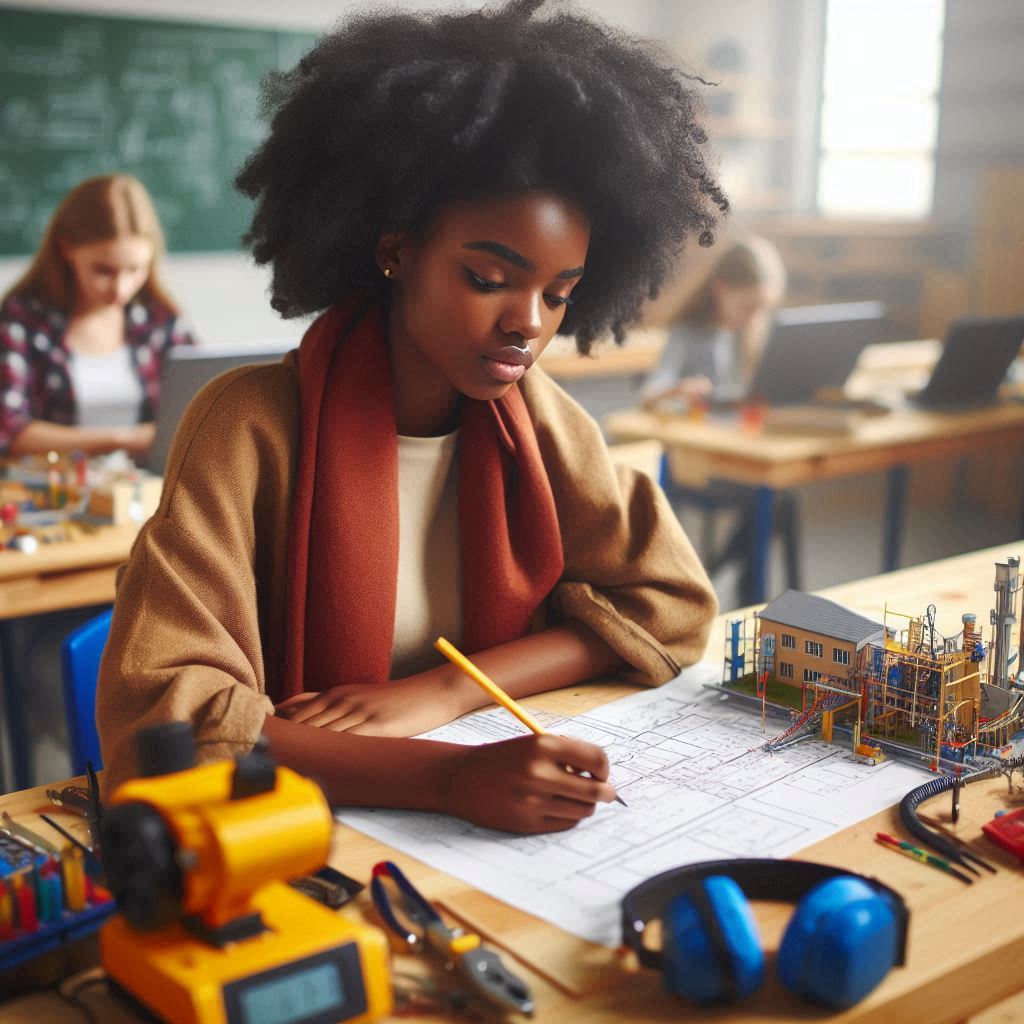Explore Cutting-Edge AI Tools Designed to Simplify Your Daily Tasks
Explore Cutting-Edge AI Tools Designed to Simplify Your Daily Tasks
Blog Article
Cutting-edge Approaches for Enhancing Modern Technology Education and learning in Today's Understanding Atmospheres
Ingenious methods, such as hands-on understanding experiences and joint project-based campaigns, play a vital role in linking academic concepts with practical applications. As we discover these techniques, it comes to be essential to think about just how customized discovering can better enrich the educational experience and promote a much deeper connection between pupils and innovation.
Hands-On Learning Experiences
Hands-on learning experiences act as a cornerstone in modern technology education and learning, successfully bridging the void in between academic expertise and practical application. These experiential tasks allow pupils to involve directly with tools, software program, and innovation, fostering a deeper understanding of ideas that are frequently abstract in conventional classroom setups.
By incorporating hands-on understanding, teachers can promote an environment where trainees can experiment, introduce, and troubleshoot. This method not just grows technical abilities but likewise boosts analytic abilities, as students are motivated to confront real-world difficulties. Hands-on experiences often lead to enhanced student motivation and interaction, as learners see the instant relevance of their research studies to practical situations.
Moreover, such experiences can take different kinds, consisting of lab experiments, simulations, and interactive jobs, all of which accommodate various learning styles. The combination of hands-on understanding in technology education also advertises retention of information, as pupils are more probable to keep in mind principles they have actually proactively collaborated with rather than passively observed. Generally, hands-on experiences are crucial in preparing pupils for the intricacies of the modern technological landscape, furnishing them with the skills and self-confidence required to prosper in their future careers.
Collective Project-Based Understanding
Collaborative project-based learning encourages students to collaborate in groups to deal with complicated, real-world issues, fostering essential skills for the contemporary labor force. This strategy encourages energetic involvement, crucial thinking, and creativity, as trainees work out roles, share responsibilities, and jointly devise options. By immersing themselves in tasks that mirror authentic obstacles, students develop a deeper understanding of the subject while refining their capability to connect and team up successfully.
In technology education and learning, collective project-based learning can manifest via interdisciplinary tasks that include aspects of design, engineering, and coding. For example, pupils might collaborate to create a mobile application or style a prototype that deals with a societal issue, requiring them to incorporate numerous technical concepts and devices. This experiential knowing not only boosts technological proficiency however additionally cultivates analytical abilities and flexibility.
Furthermore, such collaborative undertakings promote a feeling of neighborhood among trainees, promoting interpersonal partnerships and a shared dedication to their project end results. As they browse the complexities of synergy, pupils discover to value varied viewpoints and take advantage of each various other's staminas, preparing them for future specialist environments where partnership is essential. Ultimately, collective project-based understanding is a keystone of effective technology education.
Assimilation of Online Resources

The combination of online sources helps with accessibility to updated details and market standards, which is crucial in a quickly advancing technological landscape. By leveraging systems such as MOOCs (Large Open Online Courses) and specialized instructional internet sites, educators can supplement typical curricula with real-world applications, making it possible for students to involve with current patterns and methods.

Ultimately, the thoughtful assimilation of on the internet resources in modern technology education fosters a much more dynamic, interesting, and appropriate learning experience, outfitting trainees with the abilities and understanding necessary to grow in a progressively digital globe.
Gamification Techniques in Education And Learning
The consolidation of gamification techniques in education and learning represents an effective approach to better engage pupils and enhance their understanding experiences. By integrating game-like components such as factors, badges, and leaderboards into the educational program, instructors can promote inspiration and foster a feeling of competitors among students. These techniques motivate engagement and determination, specifically in subjects that might or else appear intimidating.
Gamification can take various types, consisting of interactive tests, collaborative jobs, and immersive simulations, which permit students to use their understanding in sensible contexts. site web This interactive approach not only makes learning satisfying but additionally enhances crucial ideas via repetition and prompt feedback. As students development, they can track their accomplishments, advertising a growth way of thinking and a sense of accomplishment.
Additionally, gamification facilitates distinguished guideline by accommodating diverse knowing designs and rates. Pupils are encouraged to take possession of their understanding trip, permitting for a much more tailored academic experience. In an increasingly electronic world, using gamification techniques can link the gap in between standard education and learning and modern-day technological improvements, ultimately preparing trainees for future difficulties.
Personalized Knowing Approaches
Customized discovering methods are increasingly acknowledged as essential for addressing the varied requirements and preferences of students in today's instructional landscape. These approaches empower learners by tailoring educational experiences to individual interests, staminas, and learning paces, thus improving involvement and retention.
In modern technology education, personalized knowing can take various forms, including flexible discovering innovations, personalized educational programs, and project-based discovering tailored to student rate of interests. As an example, platforms that use expert system can assess a trainee's efficiency data to suggest particular resources or tasks that line up with their learning design.
Moreover, customized understanding motivates pupil company, allowing learners to establish goals and select paths that resonate with their ambitions (Grants). This freedom promotes a deeper connection to the product, eventually leading to enhanced end results
Educators play a vital duty in this process, using developmental assessments to keep an eye on progress and change direction as necessary. Electronic portfolios and collective devices can also help with tailored understanding, allowing trainees to review their trips and display their success.
Conclusion
Finally, improving innovation education in contemporary knowing atmospheres requires the execution of cutting-edge approaches that focus on hands-on understanding, joint tasks, and the assimilation of on the internet resources. Gamification strategies serve to raise engagement and motivation, while personalized learning approaches accommodate individual strengths and foster pupil firm. Collectively, these techniques create a vibrant academic experience that prepares students for real-world difficulties and grows important abilities for future success in a quickly advancing technical landscape.
As we check out these methods, it ends up being necessary to take into consideration exactly how individualized knowing can further improve the instructional experience and promote a deeper link in between trainees and technology. The integration of hands-on understanding in innovation education additionally promotes retention of information, as pupils are much more likely to bear in mind concepts they have actually proactively worked with instead than passively observed.The incorporation of gamification strategies in education stands for a powerful approach to additionally involve students and enhance their discovering experiences. like it Pupils are empowered to take ownership of their learning journey, enabling for a more customized educational official website experience.In final thought, boosting innovation education in contemporary understanding atmospheres demands the implementation of cutting-edge strategies that focus on hands-on understanding, collective tasks, and the integration of on the internet sources.
Report this page